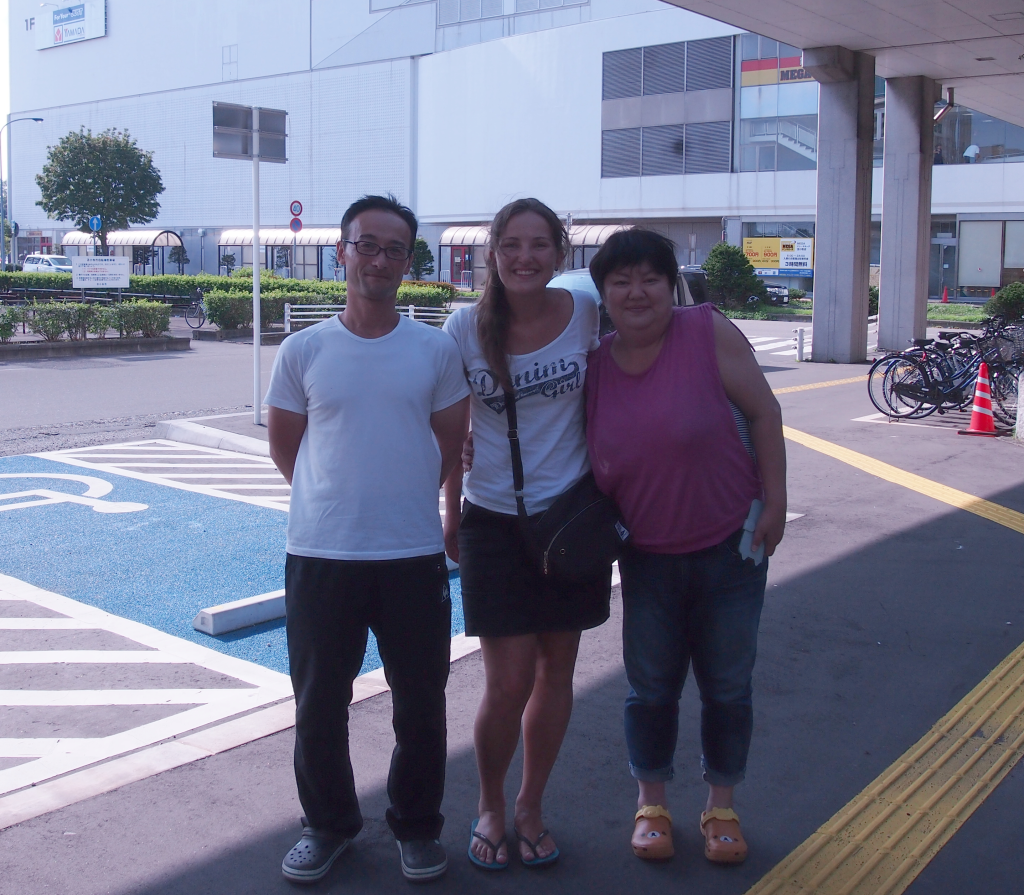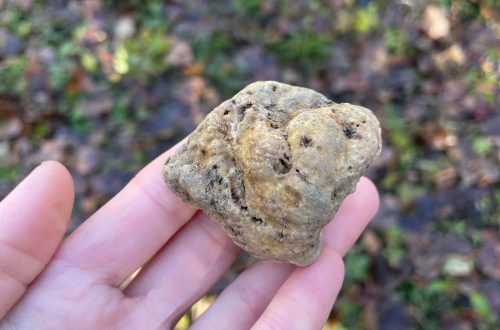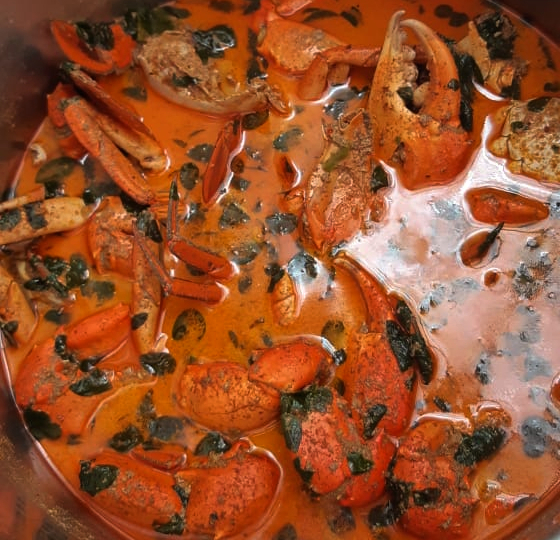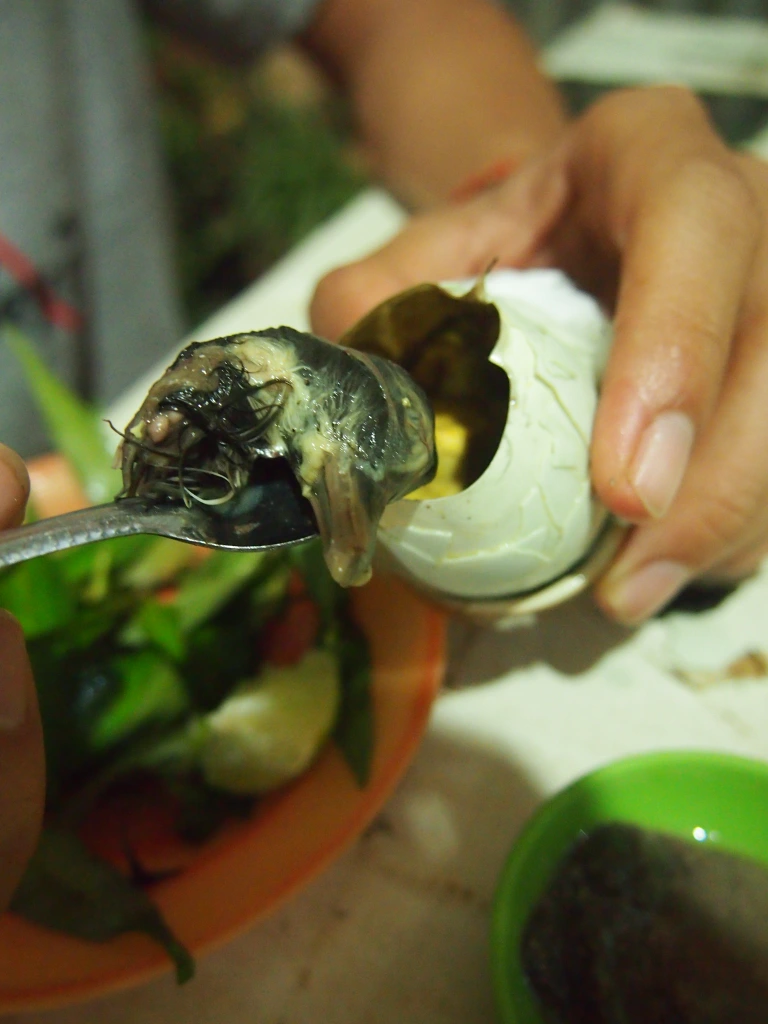Preserving Tradition and Nurturing the Land: What is to be a Small Rice Grower
In the sprawling landscapes where nature’s harmony converges with human perseverance, an ancient and essential profession flourishes: rice cultivation. Amidst the rise of modern agricultural practices, there exists a cohort of dedicated individuals who nurture the art of small-scale rice farming.
TG and his parents are small rice growers from Kampung Alab Lanas Sook Keningau in Borneo. Here are their thoughts about the challenges they face and the importance of rice in their lives.
We grow rice solely for personal consumption, catering to a family of six, plus our dogs.
We cultivate two varieties of rice: hill rice and irrigated rice. We have one acre dedicated to hill rice and half a hectare allocated for irrigated rice. Under favorable climatic conditions, without excessive heat, we can harvest 40-50 sacks, each weighing 25kg, from the one-acre plot. Our family typically consumes this quantity within 1.5 years.

Rice serves as our staple food, and we consume it three times a day. Additionally, we produce rice wine from our harvest, which provides us with some income to sustain ourselves.
Preparing land for rice cultivation on a hill is an arduous task, as the land is typically located near the jungle and contains numerous trees and branches that require cutting. It demands a significant amount of hard work. On the other hand, irrigated rice land is comparatively easier to manage, requiring only flattening and grass removal. However, regular monitoring of water levels is necessary for irrigation. Hill rice varieties, unlike irrigated rice, do not require as much water since they rely on rainfall.
Our indigenous community has been cultivating and harvesting rice on these lands for generations. We have a deep-rooted connection to the area, which we refer to as our “native customary right.” Nevertheless, the government still retains ownership of this forest reserve where we work. There is a constant risk that the government may allocate the land to another party, such as a company, jeopardizing our paddy fields, our primary food source, and restricting our access to our ancestral lands. This issue is widespread in Borneo, and we are engaged in an ongoing struggle to protect our rights, although it poses significant challenges.

Climate change poses a significant challenge for us. In the past, we had a good understanding of when to plant our rice paddies based on the predictable seasons. However, with the drastic changes in climate, we can no longer rely on the same planting schedule. Sometimes, when it should be raining, we experience extreme heat, or vice versa. This unpredictability makes it difficult for us to anticipate the growth and development of our crops.
Traditionally, we rely solely on manual labor for planting and harvesting. We continue to employ the same methods passed down by our ancestors. However, we have adopted the use of fertilizers, which has made our work much easier and reduced the time spent in the fields. Previously, we had to manually remove grass, which took over two weeks. With the use of fertilizers, this step is no longer necessary.
Rice holds immense importance in our lives as it serves as our daily staple food. It has been the primary component of our diet for generations, just as it was for our ancestors. Additionally, rice is readily available in our village at a low cost. While we need to put in labor on the land, it does not require a significant monetary investment. Furthermore, rice is a carbohydrate-rich food source, providing us with the energy needed for our work in the fields.
Working in the fields alongside our neighbors fosters a sense of community and cooperation. We lend a helping hand to our neighbors, and they reciprocate by assisting us. This collective effort strengthens the bonds within our community.

In conclusion, being a small rice grower is a labor of love and dedication that plays a crucial role in both local communities and global food security. The challenges faced by these farmers are immense, from fluctuating market prices to unpredictable weather conditions. Yet, their commitment to preserving traditional farming methods, fostering sustainable practices, and providing nourishment to millions of people is unwavering. As we reflect on the lives and stories of these resilient individuals, let us remember the vital contribution they make to our world, and support their efforts to sustainably cultivate one of humanity’s most essential staples: rice.








